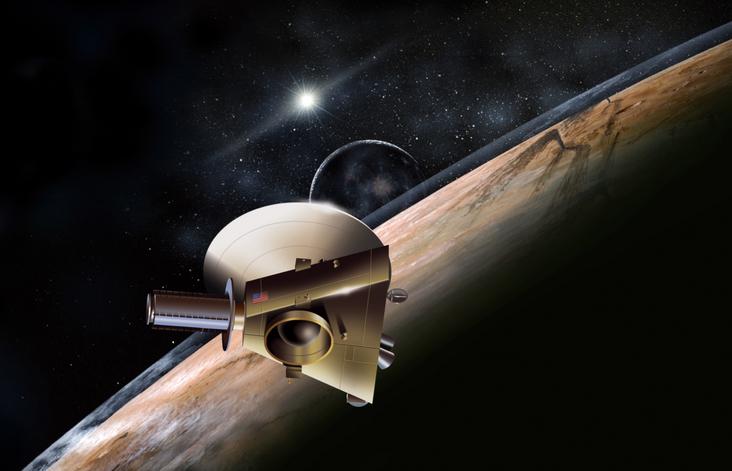Researchers have discovered that Pluto, the dwarf planet, has a “tail.”
In mid-July, the New Horizons space probe flew past Pluto and it went directly into its shadow, giving an opportunity to see how the Sun affects its atmosphere.


Researchers have discovered that Pluto, the dwarf planet, has a “tail.”
In mid-July, the New Horizons space probe flew past Pluto and it went directly into its shadow, giving an opportunity to see how the Sun affects its atmosphere.